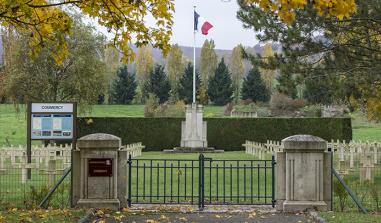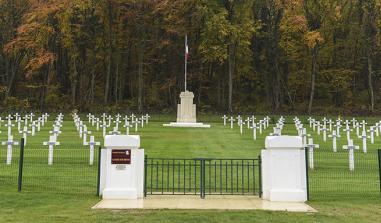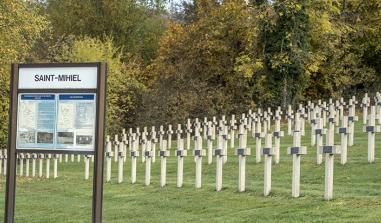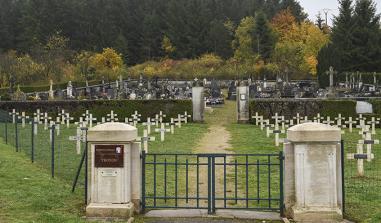Les Eparges
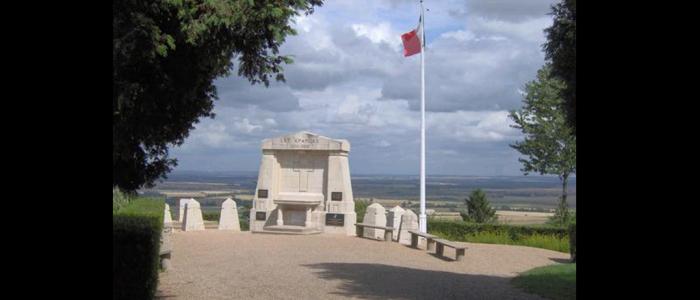
Monument du Point X. © ONF - Source : LES FORÊTS DE L'HISTOIRE 2010
Les Eparges ridge was the subject of several violent battles, in which tens of thousands of men died...
Memory traces La Meuse was no stranger to the battles of the First World War. Our "sad souls" are Verdun, the Argonne, Les Eparges, the St Mihiel Salient... taking the time to discover them and understand them means that the memory of all the men that died here will live on. As the years pass, this duty to remember has become a duty to recount what happened. The Saint-Mihiel Salient forms in September 1914, and the French try to shrink its size in the years that follow. Violent battles, originally above ground but then in the mines, take place in Les Eparges, the ridge that marked the northwest border of the Salient. The French lead an assault on Les Eparges on 17th February 1915, hoping to reduce the size of the St Mihiel Salient. German counter-attacks follow immediately afterwards, and the Germans take back the land. Bitter battles follow, both above ground and, more often, in the mines. On 9th and 10th April 1915, a battalion of the Eighth Infantry Regiment takes the eastern spur of Les Epargnes (Point X). But the battles have only just begun: on 24th April 1915, von Stanz launches an attack on Les Epargnes from the Calonne trench. To the west of the battlefield, the village remains French. But it comes under the fire of the enemy's top marksmen, and little by little it falls.The ridge itself is destroyed by mines; the craters stretch from point C to point X, and both are marked with a monument. The battles continue in the months that follow, and are sometimes more intense, sometimes less so. Les Eparges is not liberated until September 1918, when the first American troops to arrive take back the Salient for the French. By 14 September 1918, the Americans have reached Fresnes-en-Woëvre : Les Eparges is no longer in German hands.
Trottoir National Necropolis Stretching below the celebrated mound, this necropolis extends against a background of fir trees. It holds 2108 tombs, including ten Muslim steles, and an ossuary housing 852 bodies. The cemetery, which was built during the war, the remains of the soldiers killed in the forest and at Marquanterre. It was entirely renovated in 1958.
106th Infantry Regiment Monument If the visitor follows the path to the top of the hill, he or she will come across a monument at the top of the stairs, set against the trees. This work, by sculptor Maxime Real Del Sarte, was built to commemorate the glory of the "Ghosts of the 106th Infantry Regiment." It looks like an irregular pyramid topped with a human head. Severed hands, skulls and crosses evoke the suffering of all those who fought on these bloody slopes. A bronze bas-relief on the front shows a woman wearing a helmet, in a pose reminiscient of the classical Pieta.
Engineers' Memorial Right at the top, the visitor will find a monument to the memory of the military engineers who suffered great losses during the mine war. A semi-circular double wall stretches behind seven concrete sheet piles. On one side is the dedication, on the other the symbol of engineering.
Monument at Point X At the far eastern of the ridge, where it dominates the Woëvre plain for more than 100m, is a monument placed at the end of a short esplanade. The wall surfaces that form it slope sharply, and it is topped with a triangular fronton. A cross above an altar is engraved on one face; on the other is a bas-relief in which a bare-headed officer leads his men into battle. This fine piece, by the sculptor Fischer, is dedicated "à ceux qui n'ont pas de tombe" (to those without a grave). Signs and benches add the finishing touches.
302nd Infantry Regiment Monument Next to the Monument at Point X, on the cusp of a crater, is a little stone wall bearing a plaque adorned with a croix de guerre and a plaque that reads: "302e R.I. 20 Septembre 1914, 21 Mars 1915. Les Anciens des 302e et 102e R.I." (302nd Infantry Regiment 20 September 1914, 20 March 1915. Veterans of the 302nd and 102nd Infantry Regiments).
Les Eparges is always open, and entrance is free. Informative panels help you better understand the site's history, and there is a marked pathway managed by the ONF and Association Nationale du Souvenir de la Bataille de Verdun et de ses Hauts-Lieux. Following this pathway allows you to walk in the footsteps of the soldiers who fought here. Groups and tours available upon reservation. Contact Pays d'Accueil Touristique des Côtes de Meuse Place Taylord 55210 Vigneulles-les-Hattonchatel Tel-fax: 03 29 90 08 55 Tel-fax: 03 29 90 04 29 Tourist Office Tel: 00 33 (0)3 29 86 14 18 Regional Tourism Board Tel: 00 33 (0)3 29 45 78 40
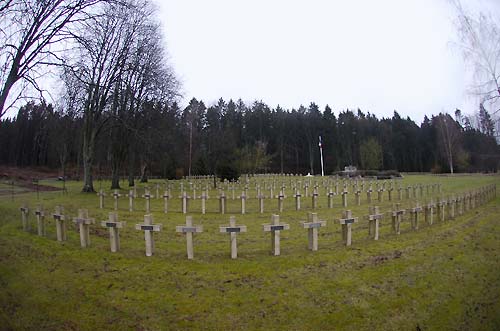
La Nécropole Nationale du Trottoir. Source : Photo JP le Padellec
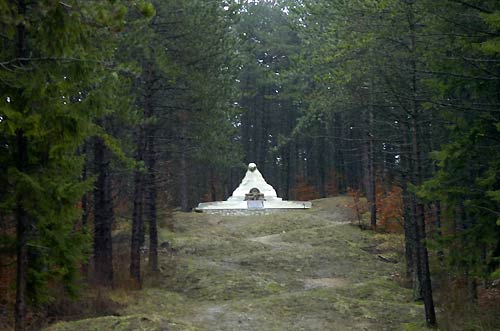
Monument au 106e R.I. Source : Photo JP le Padellec
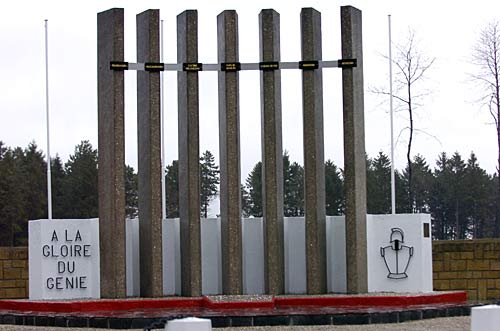
Mémorial du Génie. Source : Photo JP le Padellec
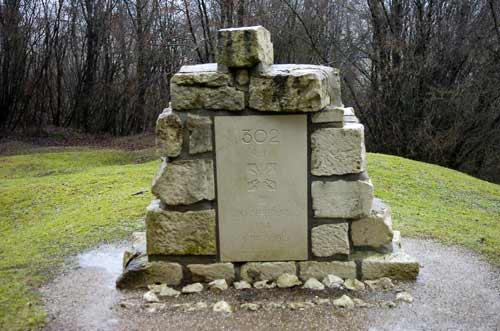
Monument au 302e R.I. Source : Photo JP le Padellec
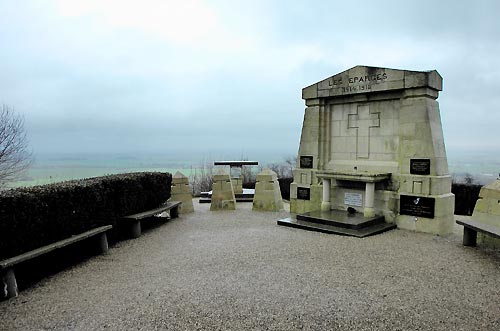
Le Monument du Point X. Source : Photo JP le Padellec
Practical information
55160
Les Eparges
Accessible toute l'année




